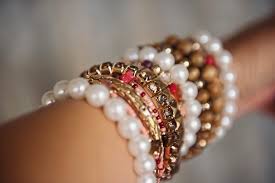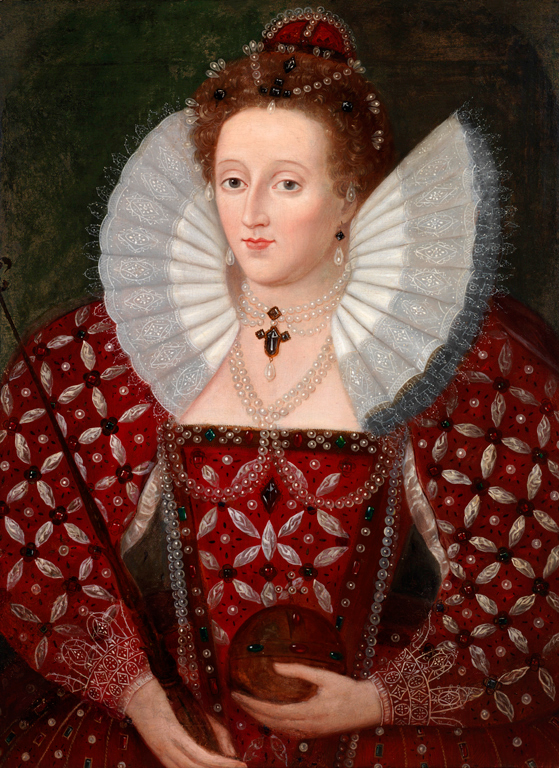Souvenir Sheet: "Diplomatic Relations Normalised" (Uganda 1979)
"Diplomatic Relations Normalised" (Uganda 1979)
12 July (Uganda ) within release 25th Anniv. Crowning of Queen Elizabeth II goes into circulation Souvenir Sheet "Diplomatic Relations Normalised" face value 20.20 Ugandan shilling
| Souvenir Sheet "Diplomatic Relations Normalised" in catalogues | |
|---|---|
| Michel: | Mi:UG BL17 |
Souvenir Sheet is horizontal format.
With black overprint on the block, not on the stamps: ""Diplomatic Relations Normalised""Also in the issue 25th Anniv. Crowning of Queen Elizabeth II:
- Souvenir Sheet - "Diplomatic Relations Normalised" face value 20.20;
- Stamp - QE II returning from a trip to the Owen-Falls Dam face value 1;
- Stamp - Crowning insignia face value 1.50;
- Stamp - Crowning Ceremony face value 2.70;
- Stamp - Royal Family on the Balcomy of Buckingham Palace face value 15;
- Stamp - Royal Family on the Balcomy of Buckingham Palace face value 15;
Souvenir Sheet "Diplomatic Relations Normalised" it reflects the thematic directions:
A head of state (or chief of state) is the public persona that officially represents the national unity and legitimacy of a sovereign state. In some countries, the head of state is a ceremonial figurehead with limited or no executive power, while in others, the head of state is also the head of government. In countries with parliamentary governments, the head of state is typically a ceremonial figurehead that does not actually guide day-to-day government activities and may not be empowered to exercise any kind of secular political authority (e.g., Queen Elizabeth II as Head of the Commonwealth). In countries where the head of state is also the head of government, the president serves as both a public figurehead and the actual highest ranking political leader who oversees the executive branch (e.g., the President of the United States).
A Royalty is the immediate family of a king or queen regnant, and sometimes his or her extended family. The term imperial family appropriately describes the family of an emperor or empress, and the term papal family describes the family of a pope, while the terms baronial family, comital family, ducal family, grand ducal family, or princely family are more appropriate to describe the relatives of a reigning baron, count, duke, grand duke, or prince. However, in common parlance members of any family which reigns by hereditary right are often referred to as royalty or "royals." It is also customary in some circles to refer to the extended relations of a deposed monarch and his or her descendants as a royal family. A dynasty is sometimes referred to as "the House of ...". As of July 2013, there are 26 active sovereign monarchies in the world who rule or reign over 43 countries in all
A car is a wheeled, self-powered motor vehicle used for transportation and a product of the automotive industry. Most definitions of the term specify that cars are designed to run primarily on roads, to have seating for one to eight people, to typically have four wheels with tyres, and to be constructed principally for the transport of people rather than goods. The year 1886 is regarded as the birth year of the modern car. In that year, German inventor Karl Benz built the Benz Patent-Motorwagen. Cars did not become widely available until the early 20th century. One of the first cars that was accessible to the masses was the 1908 Model T, an American car manufactured by the Ford Motor Company. Cars were rapidly adopted in the United States of America, where they replaced animal-drawn carriages and carts, but took much longer to be accepted in Western Europe and other parts of the world.
personal ornaments, such as necklaces, rings, or bracelets, that are typically made from or contain jewels and precious metal.Queen - the title of reigning female monarch or the wife of the king in a number of countries





